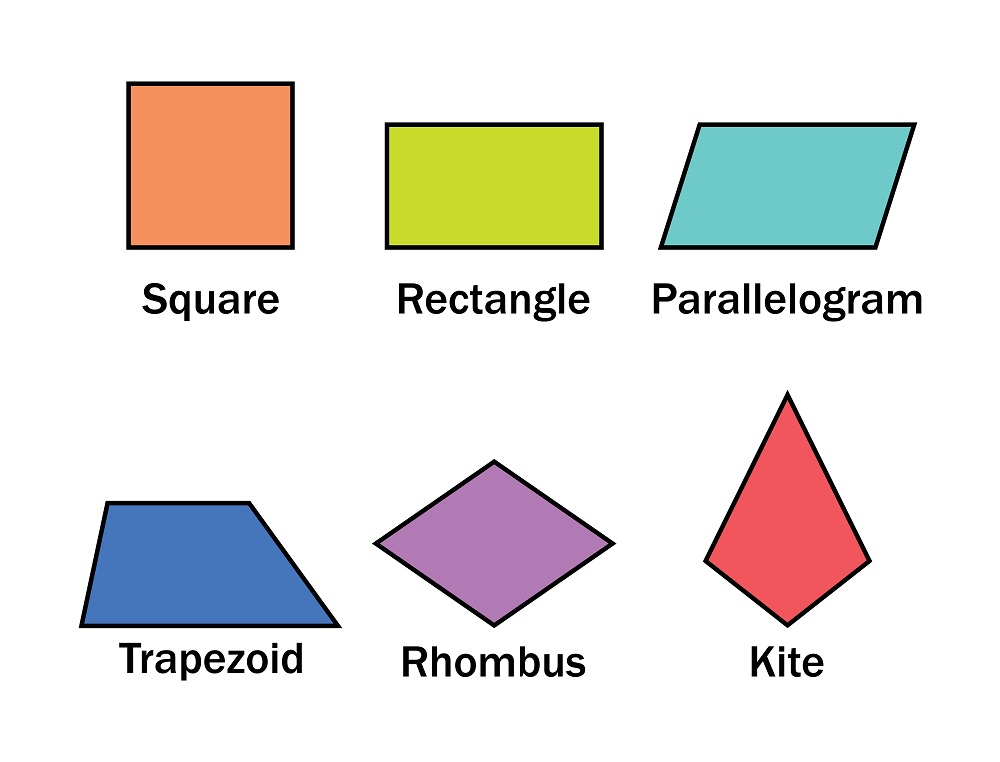Identify rimes Worksheets for Kids
1 filtered results
-
From - To


Which Is the Rime? Worksheet
Question/Answer
How to test a Kindergarten student’s Identify rimes skills?
To test a Kindergarten student's ability to identify rimes, you can use picture cards or word lists that illustrate common rimes. Ask the student to group the cards or words by their ending sounds.
Why is the Identify rimes skill important for Kindergarten students?
The Identify rhymes skill is important for Kindergarten students because it strengthens phonemic awareness, which is crucial for reading and spelling development. It helps children recognize patterns in words, improves their ability to segment sounds, and enhances memory and auditory processing skills, forming a foundational step in their journey to becoming proficient readers and writers.
How to train the Identify rimes skill in Kindergarten students learning about Elementary Phonics?
To train the Identify Rimes skill in Kindergarten students, engage them in listening and participating in rhyming stories or songs, playing rhyming games, and doing rhyming word matching activities. Encourage them to produce rhyming words and use visuals and manipulatives for hands-on learning. Frequent, short, and fun activities will help reinforce their understanding and ability to identify rhymes.
 Assign to My Students
Assign to My Students
















